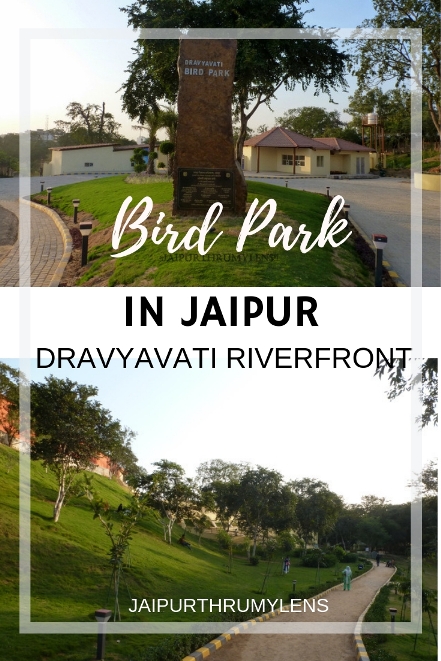The Dravyavati Riverfront project has been in the spotlight lately. It is one of the most ambitious projects undertaken by the ruling political party in its current session. Inspired by the Sabarmati riverfront in Ahmedabad, Gujarat, the project is being carried out by TATA projects. Part of the Dravyavati riverfront in Mansarovar area was hastily inaugurated by the chief minister due to the upcoming state elections. The ruling party was under enormous pressure and did not want to miss an opportunity to take credit in the election campaign. The irony is that to date not even 50% of the project has been completed.
History of Jaipur and the Dravyawati River
Dravyavati river is better known as Amanishah Nalla among the residents. According to historians, the Dravyavati River used to flow near Jaipur at some point in the past. There are conflicting opinions among historians about the course of this river. The history of Jaipur is closely associated with it and the same is mentioned in ancient research. We no longer have a river in Jaipur; it’s a history. We only have a dry water channel created by the floods of 1981 in Jaipur.
Here is a picture of the Dravyavati River near the starting point in Jaipur. I walked the route of the river from its source a few years ago. The river starts from the hills of Nahargarh Fort. Let me also mention that even the origin is disputed.
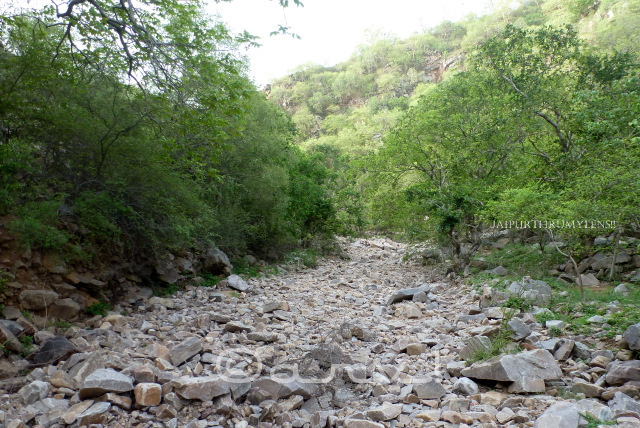
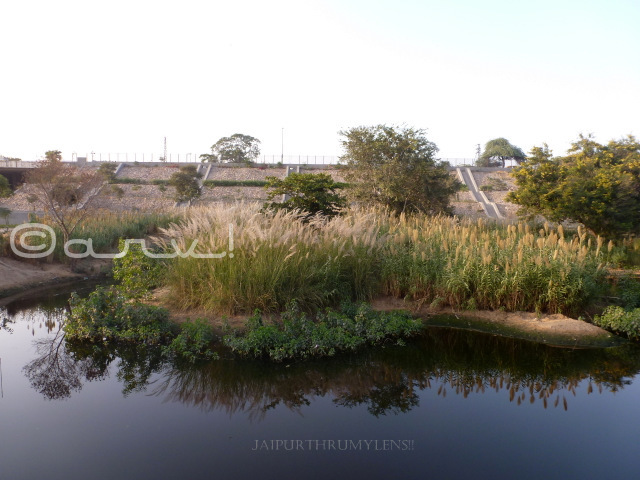
Bird Park is now open to the public in Jaipur as part of the Dravyavati River Project. It is close to the famous Bani Park area, but far from the riverside section recently inaugurated in Mansarovar. This park is located in a historical site – Amanishah waterworks which was a source of water for the city of Jaipur for many years.
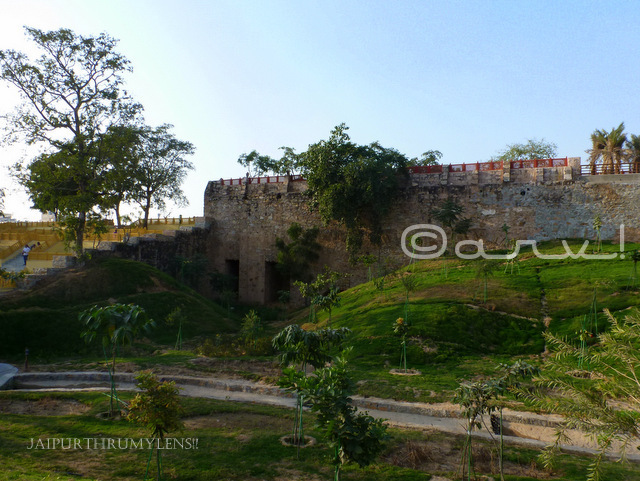
History of water supply in Jaipur
In 1848, Ram Sagar Dam was built for the water supply of Jaipur but it was breached in 1853 AD. In 1884-85 a dam was built by building 800 foot long and 60 foot high walls under the supervision of Colonel Samuel Swinton Jacob. He was the chief engineer of Jaipur and is best remembered for the Albert Hall Museum.
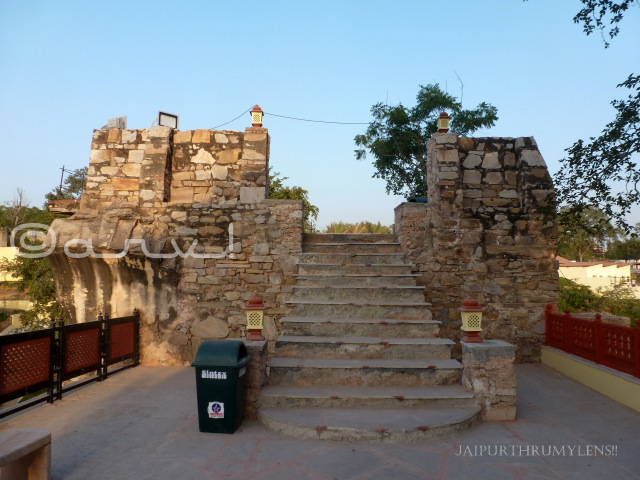
Ram Sagar Dam was built under the reign of Maharaja Sawai Ram Singh II. The developments in 1884 were under the rule of Maharaja Sawai Madho Singh II. Coincidentally, the famed Chhapaniya Akaal or Indian Famine of 1899-1900 occurred soon after. A steam engine imported from the UK was installed to supply water to the town. Prior to the piped water supply, residents drew water from one of three Chaupars in Jaipur’s walled city area. Unfortunately, two of these Chaupars have been destroyed in front of Jaipur metro stations.
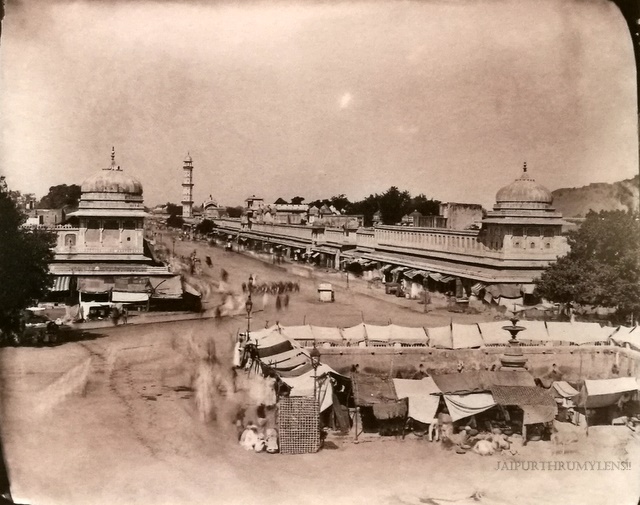
Read Jaipur Then And Now – Choti Chaupar
Amanishah waterworks did not last long. At the beginning of the 20th century, a larger water supply was constructed at Jamwa Ramgarh near Jaipur. It is better known as Ramgarh Dam. During the last 20 years, this dam has dried up due to man-made factors. Currently, Jaipur gets its water supply from Bisalpur dam in Tonk district.
The Amanishah waterworks has been converted into a museum and cafe. The area allocated to the park is quite small. The park and plant house are situated in a river bed with a major road on one side and an army canton on the other.
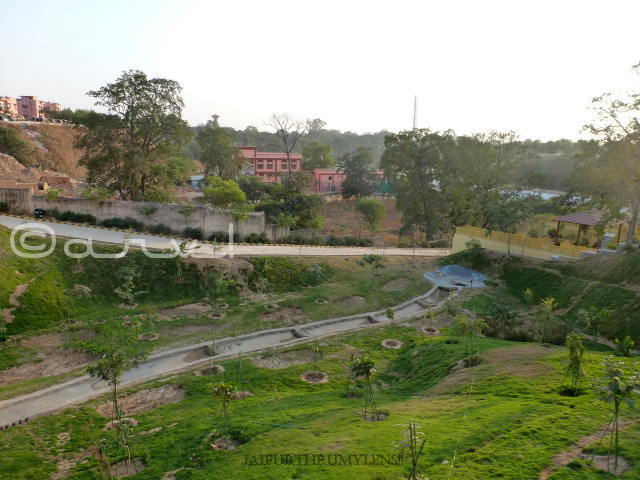
The name seems irrelevant as there are no birds in the park.
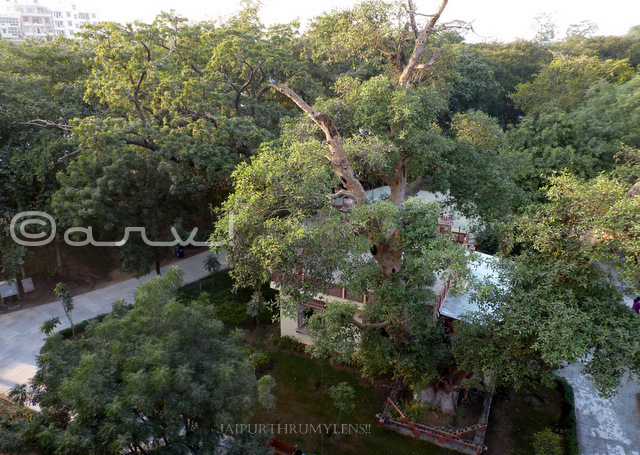
The old pump house has been converted into a café and the boiler and auxiliary machinery are now part of the café.

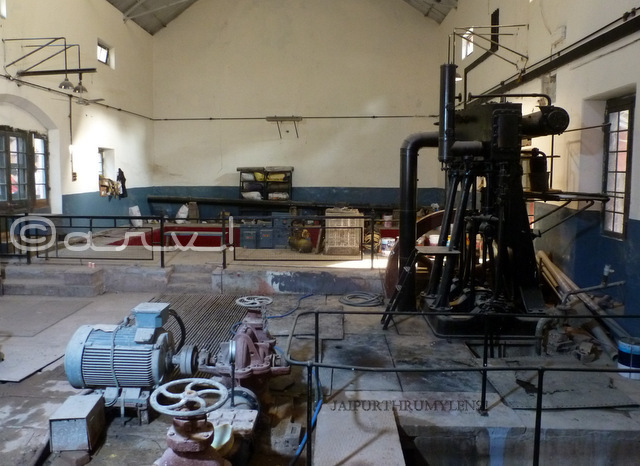
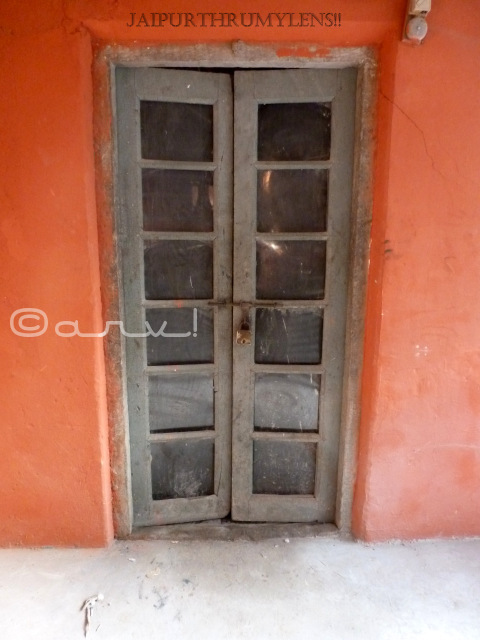
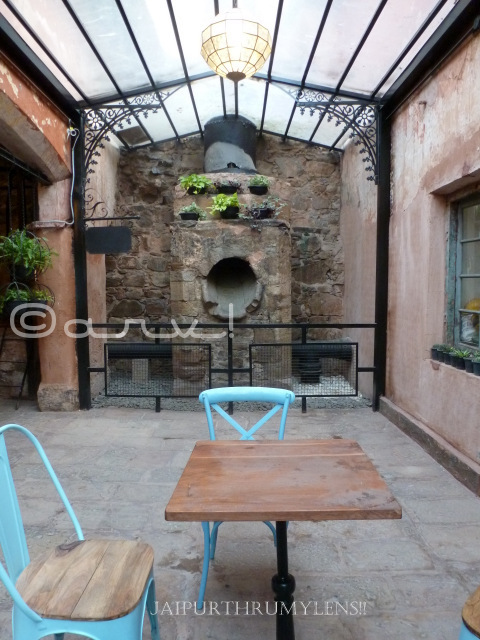
I have to mention here that the renovation of the whole factory to turn it into a cafe has been done very well. A neat job! There are plenty of hints about the history and heritage of the site.
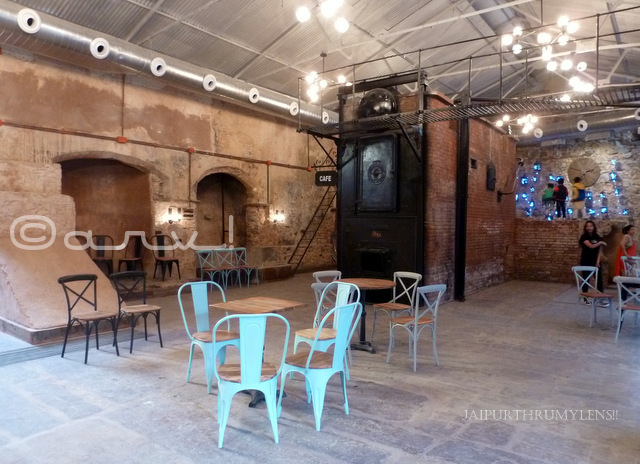
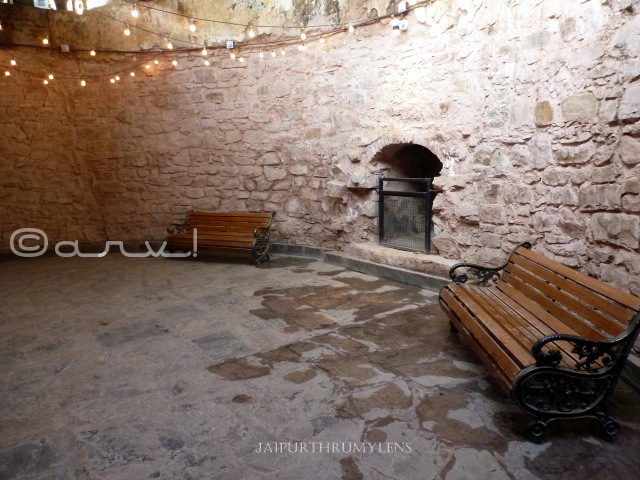
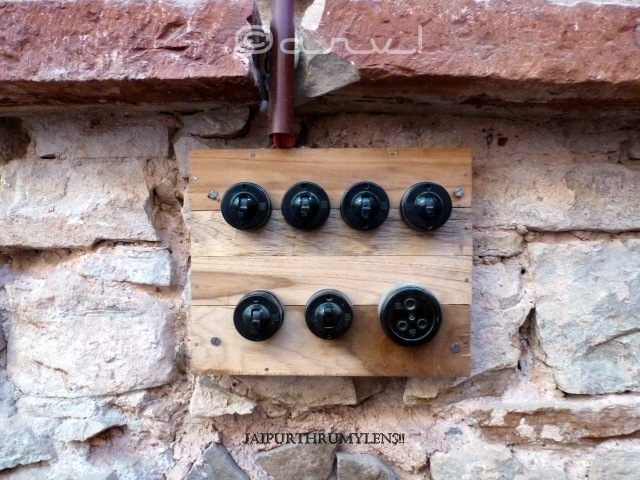
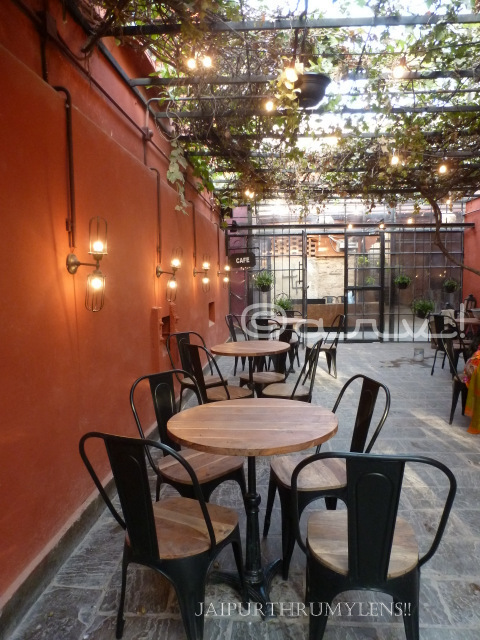
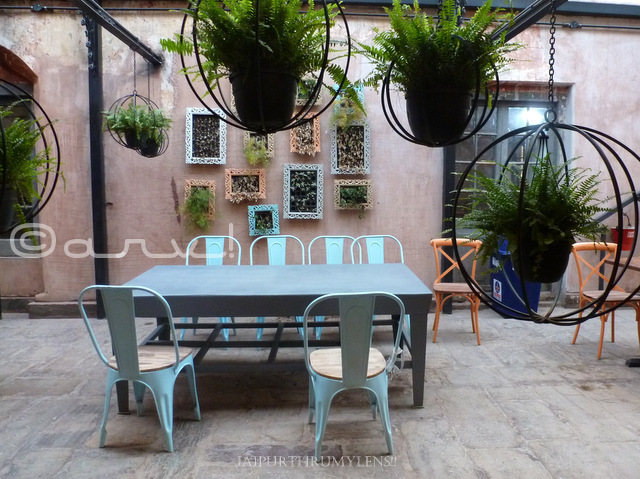
The main pump was installed in 1891 AD. The boiler manufactured by Babcock & Wilcox in the UK was commissioned in 1911 AD. A coal shaft and elevator shaft are now part of the cafe decor.
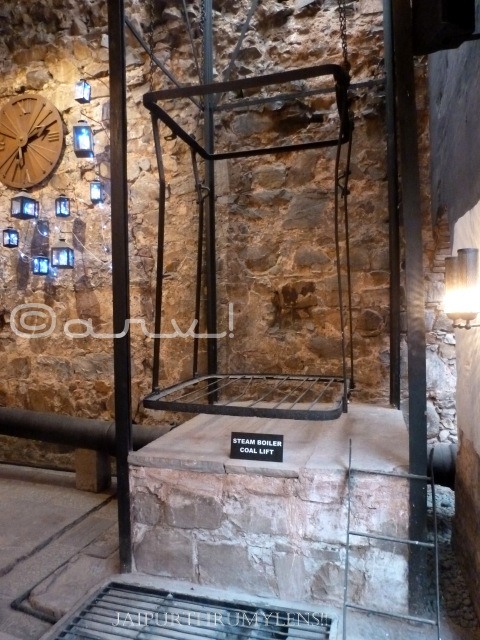
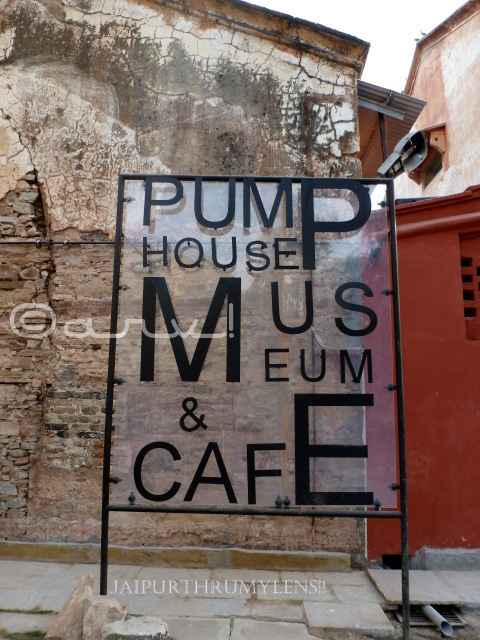
The cafe connects to the Pump House Museum. It also has a separate entrance.

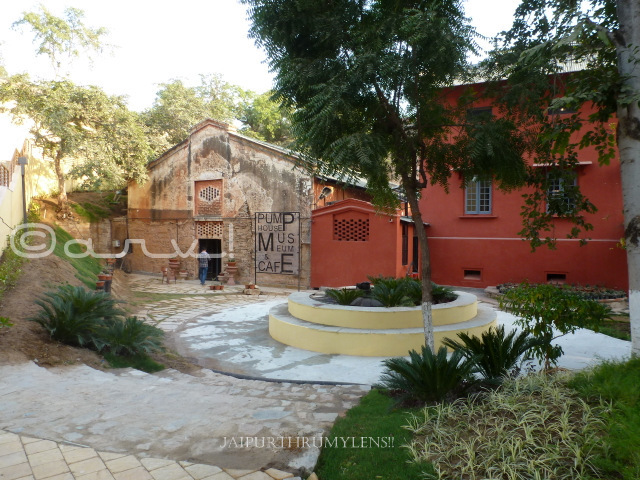
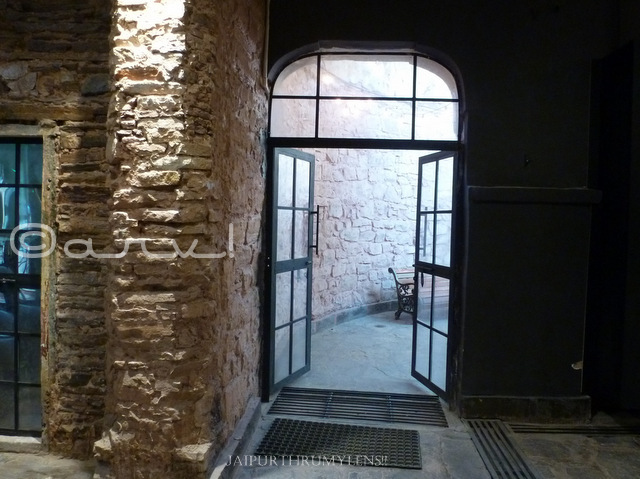
Miniature models of water working machines are on display along with an information board detailing the history of water supply in the state of Jaipur. The Pump House museum is small but a great effort to show its history. Anyone interested in Jaipur history should visit this site for infographics. I can’t think of a better way to do this place.
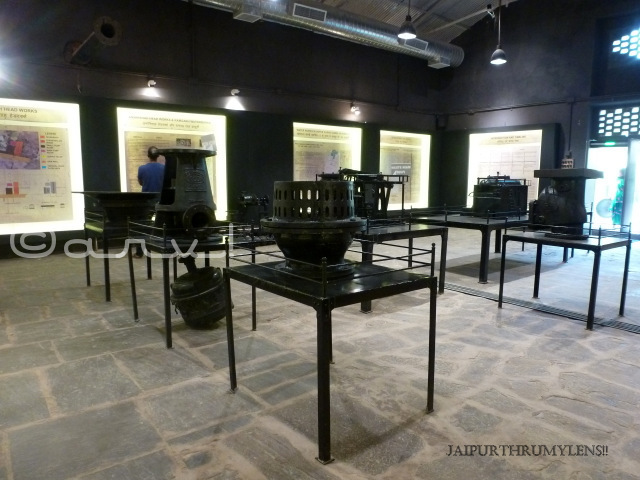
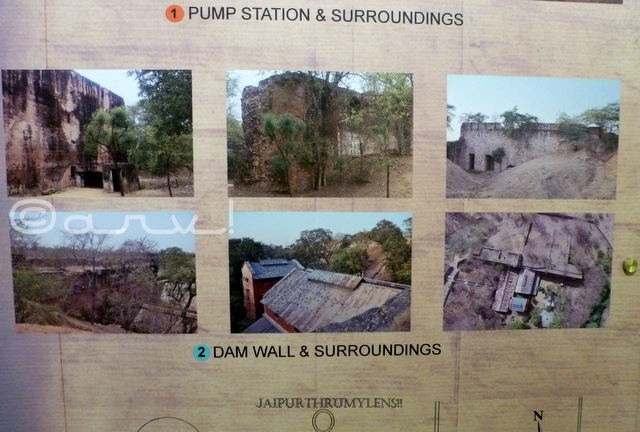
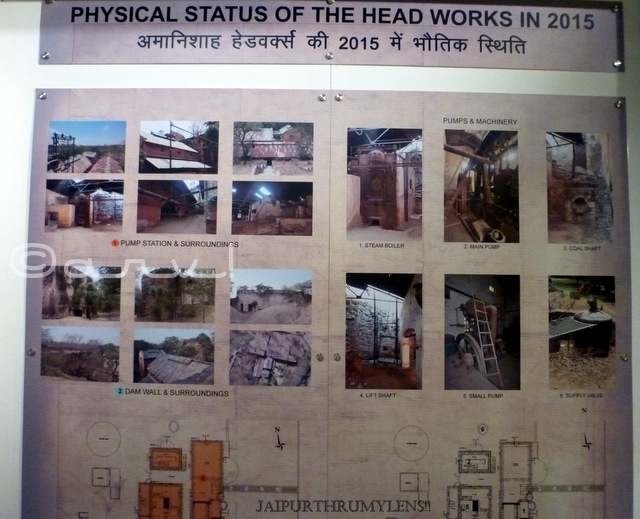
Dravyavati riverbank forms the other end of the bird park. The project is still in the works and will take months to complete.
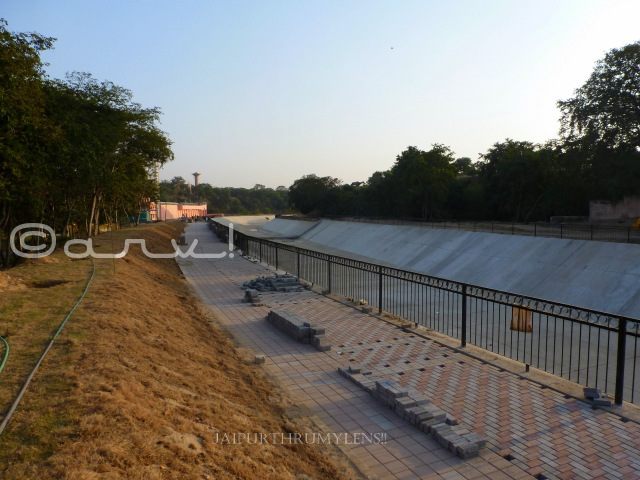
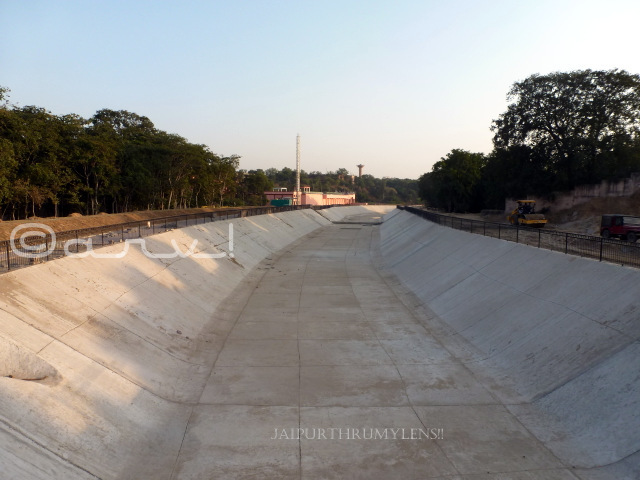
I’m sure a new park will certainly provide residents with a good option to get some fresh air and stretch. Parks like this are popular among couples in Jaipur.
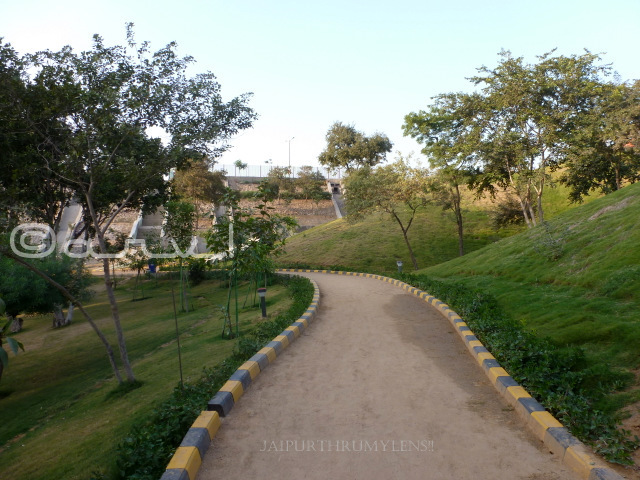
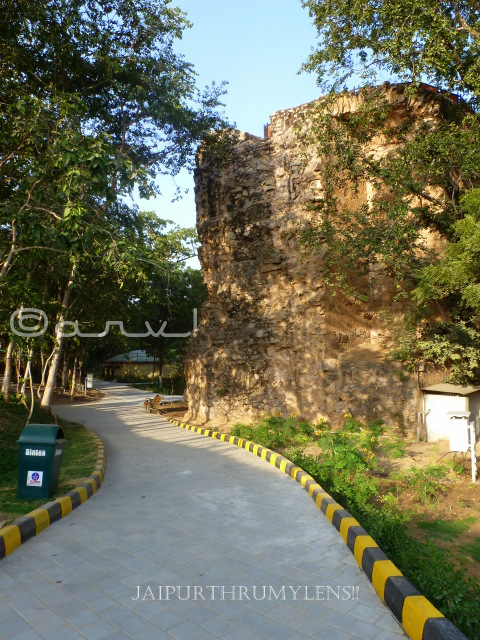
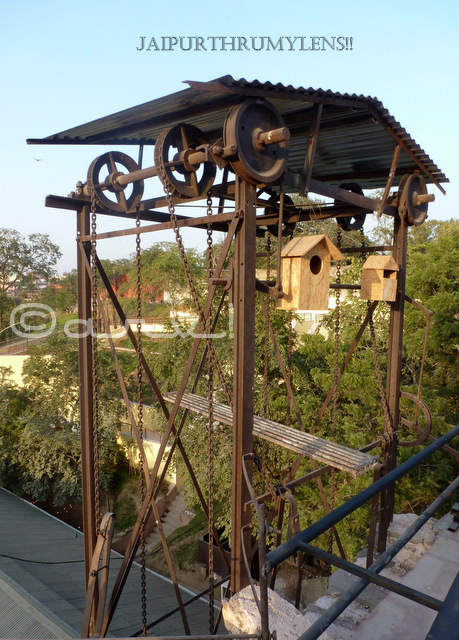
There are other questions that I find difficult to answer. Given that these parks attract people from all walks of life, a café with an expensive menu will be difficult to run. Instead, an affordable dining option like Masala Chowk would have been a better choice.
Read what makes Jaipur Masala Chowk so popular?
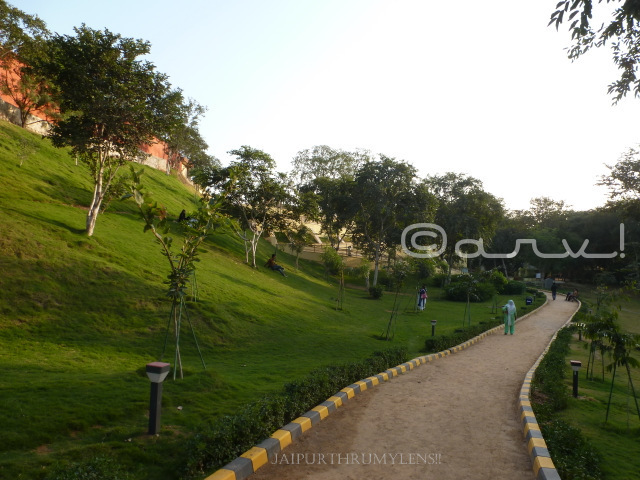
Stay informed at Facebook, Twitter, Instagram
Check out other posts about flora and fauna in Jaipur
The park area is quite small, much of which is not flat. The government should not choose arbitrary names, such as a bird park, if no birds are included in the plan. This can be developed as a great place for bird watching in Jaipur since this is the only one bird park in the Pink City. It is likely that the JDA authorities hope that water and trees will attract migratory birds. Migratory birds can be seen in October-February in the water bodies near Jaipur such as Chandlai and Sambhar; but what about the rest of the year? The name Bird Park is certainly misleading.
Dravyavati Entrance fee bird park – It’s currently free.
What do you think about repurposing an old site for the benefit of the general public? Do you feel that renovating or tempering an old site ruins its essence?
